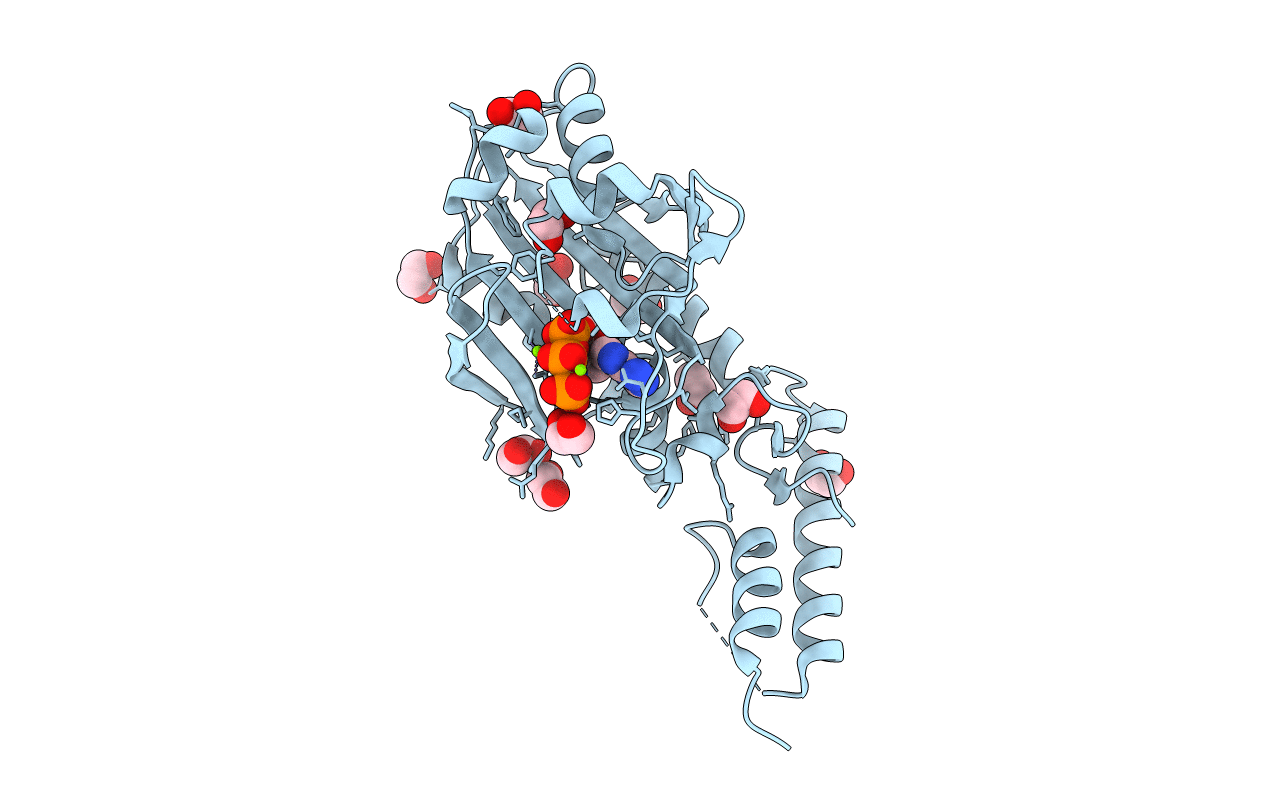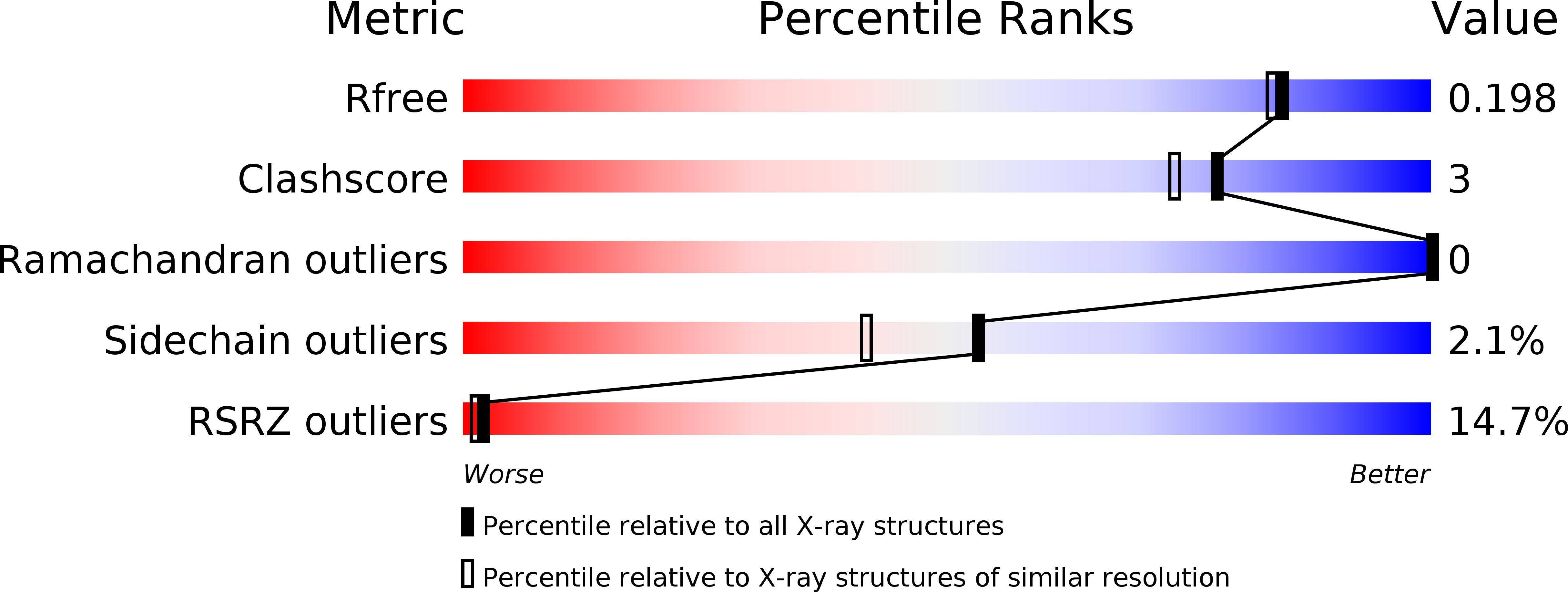
Deposition Date
2007-06-06
Release Date
2007-07-24
Last Version Date
2024-02-21
Entry Detail
PDB ID:
2Q7E
Keywords:
Title:
The structure of pyrrolysyl-tRNA synthetase bound to an ATP analogue
Biological Source:
Source Organism:
Methanosarcina mazei (Taxon ID: 2209)
Host Organism:
Method Details:
Experimental Method:
Resolution:
1.80 Å
R-Value Free:
0.19
R-Value Work:
0.16
R-Value Observed:
0.16
Space Group:
P 64


